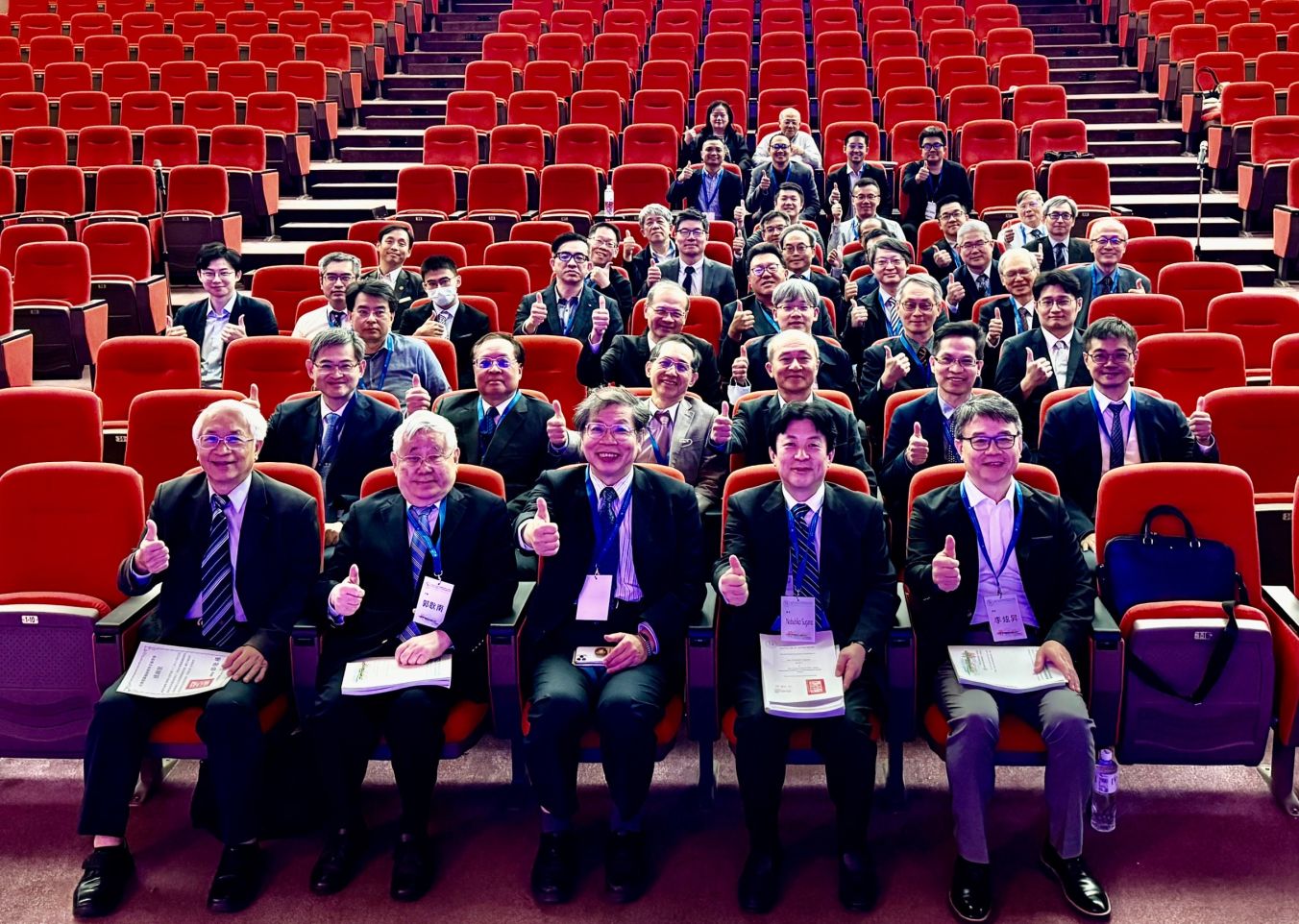
2023台灣電腦輔助骨科手術學會112年度學術研討會
Our society, Taiwan society for computer assisted orthopedic surgery CAOS-Taiwan was founded on January 10, 2021, which is a non-profit organization based on the important concept of “Specialist Collaboration”, by orthopedic surgeons, engineers and manufacturers. A close interaction among scientists, clinicians and industry is essential! By our devoted contributions and enthusiastic activities in the areas of research and clinical study, hopefully a better orthopedic health well-being is coming soon! The detailed information of our society is provided on our website, ttp://www.caostaiwan.org.tw/.
Nowadays CAOS includes not only all kinds of computerized tools, devices and instrumentations, such as Computerized medical imaging technology, Navigation, Robotics, Patient specific instrumentation (PSI), Virtual reality (VR), Augmented reality (AR), Artificial intelligence (AI), Computer aided diagnosis (detection & new classification), and Computer assisted optimization therapy, but also tele-rehabilitation and new instrumentations to lower the physical and spiritual burdens of the health care providers.
In the near future, new generations of mobile, inherently registered, imaging systems will be developed, and research should particularly be focused on alternative tracking technologies, which remove drawbacks of the currently available optical tracking and magnetic devices. Updated technology will stimulate the development of less or even non-invasive registration methods and referencing tools and force sensing devices and real-time computational models may allow to go beyond pure kinematic control of the surgical actions. So called “Hybrid” navigation Interface is on the way. The integration of a standard slice-based navigation interface into an augmented reality visualization overcomes the shortcomings of both systems. Besides, incorporating new components such as cells and genetic therapies and orthopaedic surgeon friendly tools into the modern CAOS technology will further promote the treatment effects.
In summary, we are looking forward to a smaller, quicker, and cheaper device, which providing real time tension evaluation (orthosensor), and go beyond imaging to appreciate the kinematics of the operative joint. 3D static and dynamic recording the individual person at the age of bone maturity might be helpful. Using implant monitoring & outcome app postoperatively is highly expected. Further high-quality studies with longer term F/U on functional outcomes, implant survivorship, complication and cost-effectiveness are awaited.
Today, we have three main themes: Spine, New innovation, and Hip. The title of hip was suggested by professor Ken N Kuo to be “The hip: from Cradle to Grave”. Many prestigious experts including professor Nobuhiko Sugano from Japan and professor Royden Choo Kwan Tien from Singapore are gathering together to share their precious experiences. I wish everyone can enjoy the activities, have lively discussions, and make new friends.